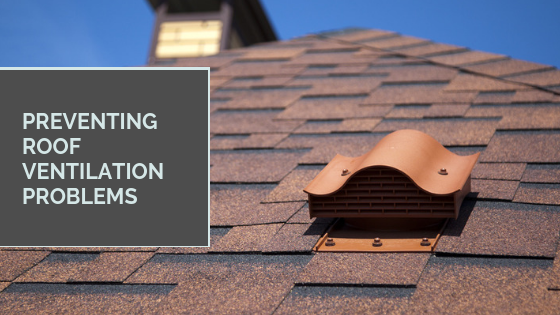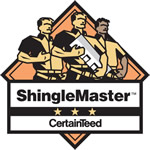Preventing Problems Caused By Improper Roof Ventilation

Inspectors usually check attics in homes to determine whether the ventilation is working efficiently or not. When a roof has proper ventilation, the attic offers sufficient airflow such that moisture is reduced and air is cooled. Problems usually occur when the roofing ventilation is not working properly and the attic becomes too moist and hot. If this happens, the roofing inspector will notice ice dam, frost, spongy or saggy decking, mildew and mold formations where there should not be any. Breathing in mold is unhealthy and it can lead to the development of respiratory problems in the home. Mold also damages the roof sheathing, which makes it wear down. If there is too much moisture within the roof decking, the adhesives that hold the sheathing together will end up dissolving. This makes the roof weaker, making it unable to bear heavy loads as is intended.
So how do we solve some of these common roof ventilation problems?
Inadequate Intake Vents
Current regulation state that there should be a 50/50 split between low and high vents.if there are no low vents, then the high vents will pull the conditioned house air up into the attics via attic air leaks. One way to solve this is by installing fascia vents or installing some box vents low down on your roof.
Crooked Turbine Vents
Turbine vents have to be installed at perfect levels because when they are not installed level , they will not turn. Turbine vents also pull air out from the attic so if there was no air sealing done in the attic, they will pull air from inside the house into the attic and thus should not be used. If your attic has not been adequately air-sealed by a professional, avoid installing turbine vents.
Power Vents
Power vents should not be used seeing as they usually generate more roofing ventilation issues than they solve.
Mixed Exhaust Vents
You should install both low and high vents in your house if you want proper ventilation. Supposedly, high vents are meant to act as exhaust vents while low vents are supposed to act as intake vents. Convection is meant to help make this possible. In the real sense, it depends on how the wind will blow. Convection does not have any effect and it is rarely perfect. Soffit vents are typically the intake vents while the exhaust vents can comprise of powered vents, box vents, turbine vents, or ridge vents (only one of them). You are not supposed to install various types of vents on the same roof because this increases the potential for the air in the attic to essentially short circuit. The solution therefore, is to only install one kind of exhaust vent.
The main take away when it comes to preventing problems caused by improper roof ventilation is to focus on sealing bypasses in the attic before dealing with the ventilation. Ventilation usually helps to conceal some other issues.

In Awe Roofing Limited is an Award-Winning, family owned and operated Vancouver Roofing Contractor with over 17 years of roofing experience. We serve the entire Lower Mainland area, from Whistler to Chilliwack, employing a team of professional staff members. Our team has won numerous awards including Best of Homestars for the last five years, and Three Best Rated six years in a row. Learn more






















